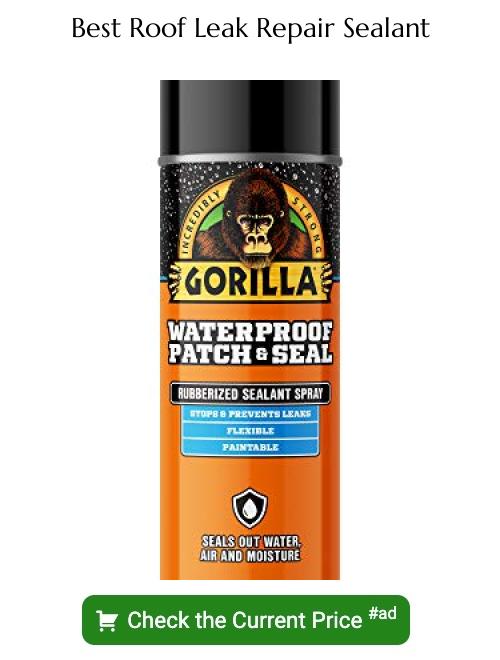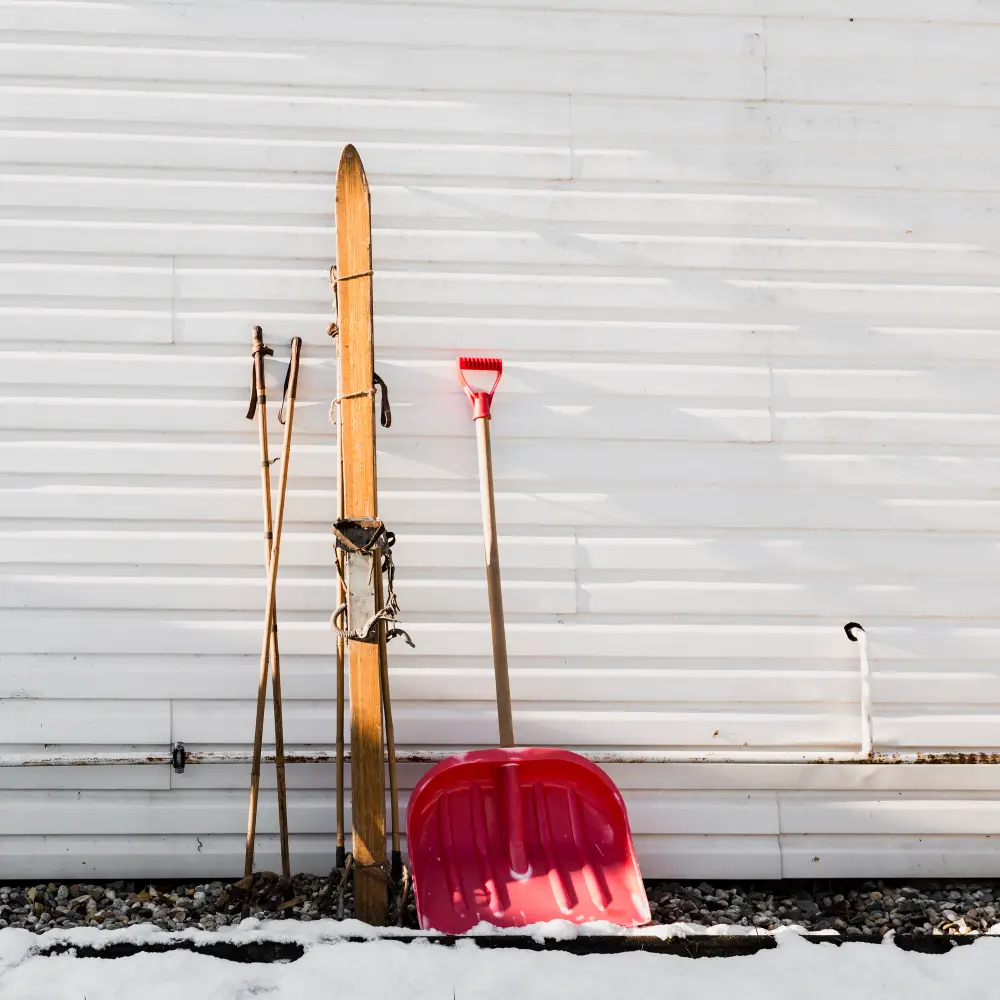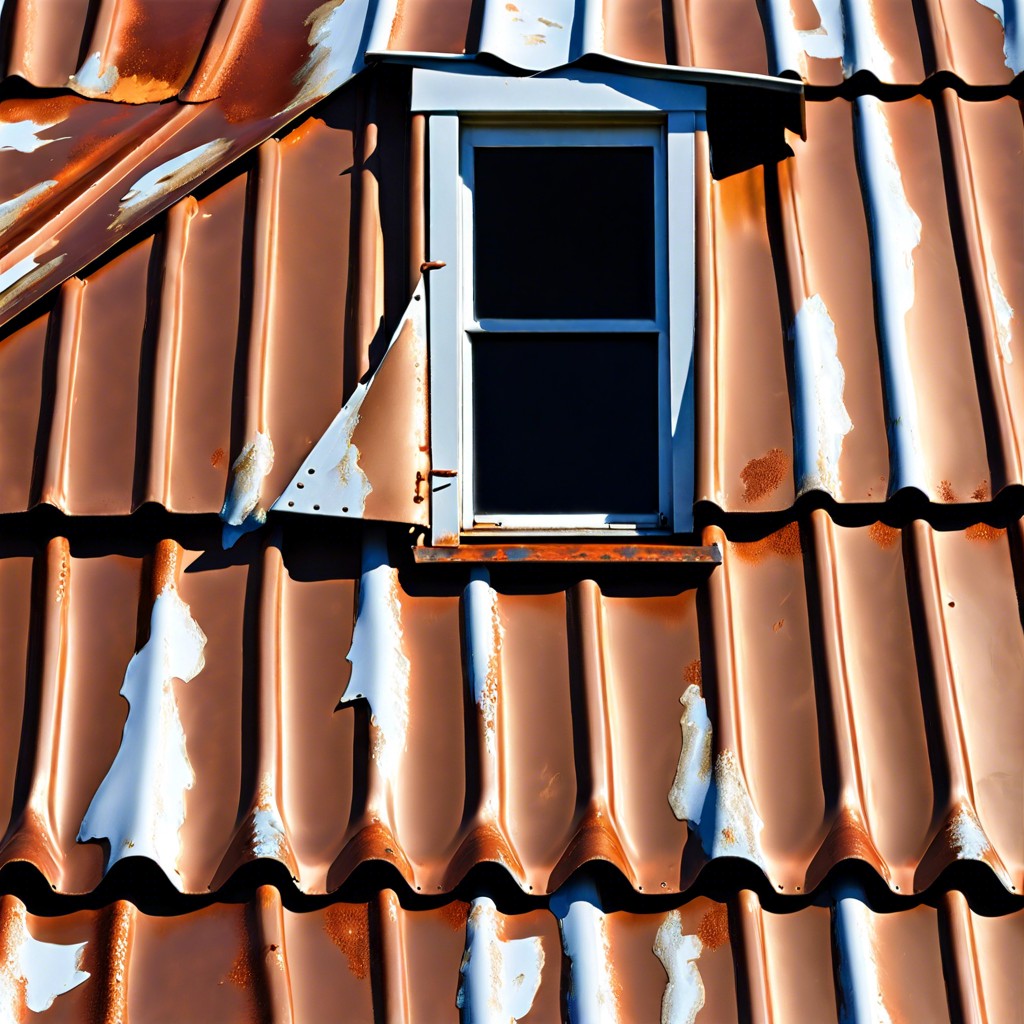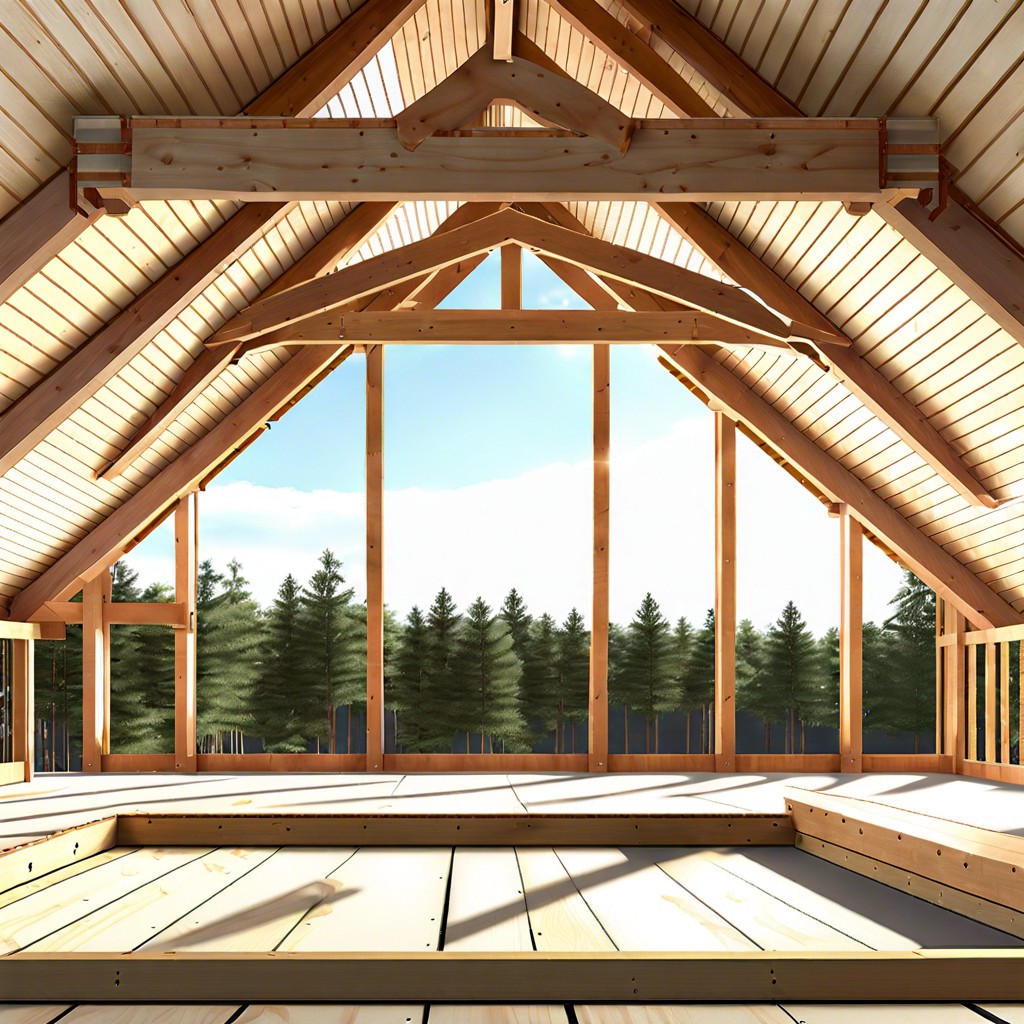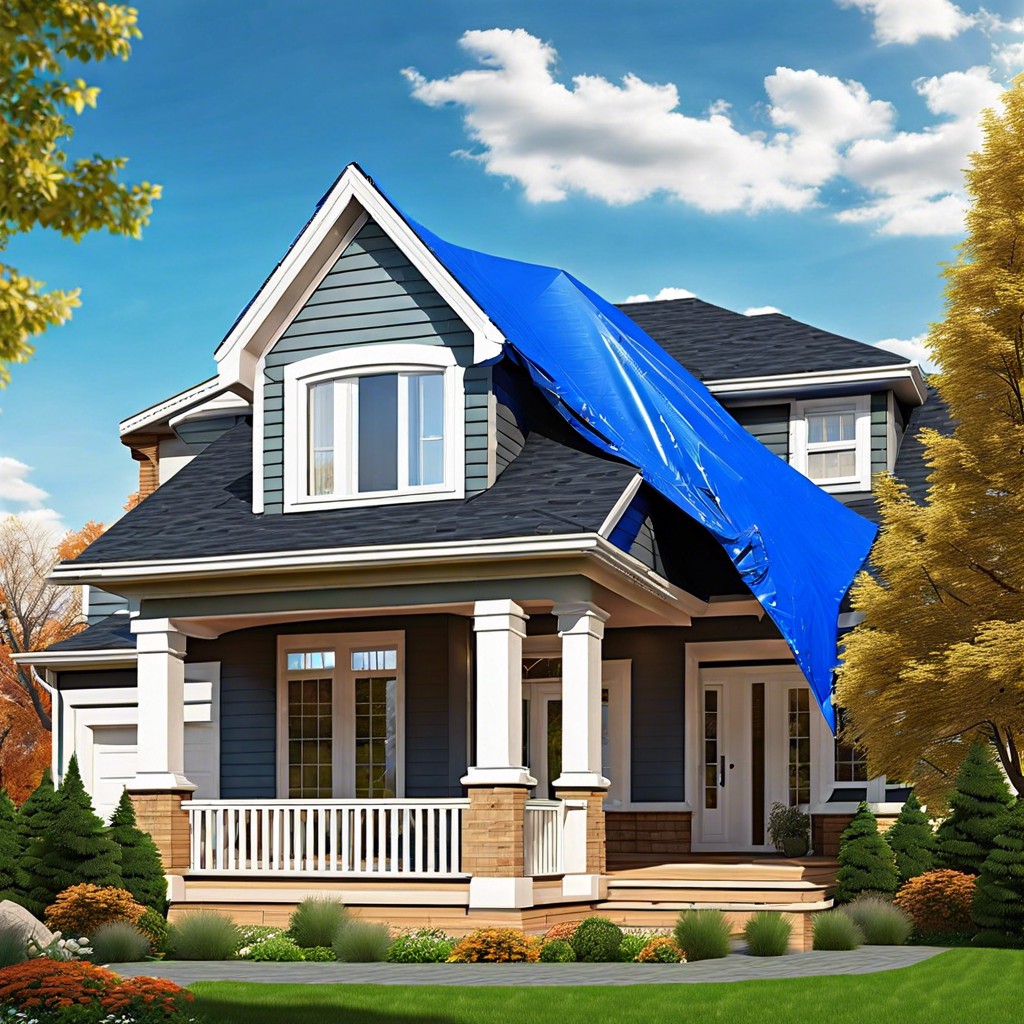Last updated on
Detecting signs of a roof leak in your attic is crucial to prevent water damage and costly repairs; this article explains the key indicators to watch for.
Key takeaways:
- Musty odor indicates hidden roof leak.
- Water stains in attic indicate roof leak.
- Damaged shingles can lead to water intrusion.
- Ceiling stains indicate active roof leak.
- Mold at roof and wall junction suggests water intrusion.
Mildew Smell
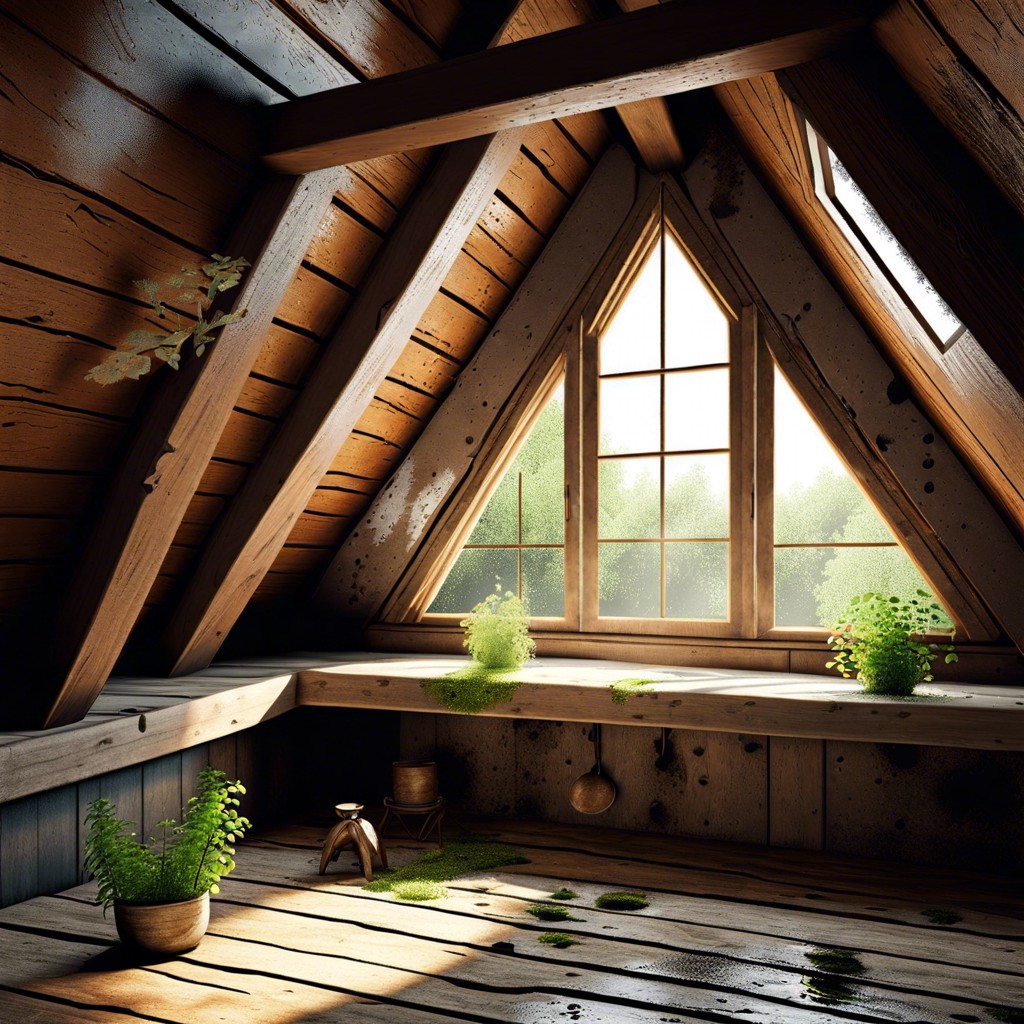
A persistent, musty odor in your attic often points to a hidden leak. The smell arises from dampness, which can foster the growth of mildew and mold within concealed spaces. To identify the source, check for:
- Condensation on surfaces, which can occur when warm, moist air meets colder attic temperatures.
- Discoloration or dark spots on wood, insulation, or other materials, indicating prolonged exposure to moisture.
- Damp insulation, which loses its effectiveness and can be a breeding ground for mildew.
Immediate action is crucial to prevent structural damage and maintain indoor air quality. A professional inspection can determine the extent of the issue and the necessary repairs. Remember, roof leaks can be more extensive than they appear, as water travels from the point of entry to areas where it eventually accumulates.
Water Stains
Detecting water stains in your attic is a clear indication of a roof leak. Typically, these stains present as brown or yellowish discoloration on the underside of the roof sheathing, rafters, or the attic side of your ceiling. They can range from small spots to larger, more diffuse areas. The coloration occurs due to the dissolved materials and tannins in the water as it seeps through the roofing materials, and it’s often more pronounced after a rainstorm.
To effectively locate water stains, natural daylight is your best ally. Check during the day when sunlight can illuminate the stains. However, bear in mind that water travels, so the origin of the stain may not directly correspond with the leak’s location. Water tends to follow the path of least resistance, sometimes running down the rafters or other structural components before dripping onto your attic floor or insulation.
Wet insulation is another telltale sign associated with water stains. If the insulation is wet or has a crusty surface after drying, it’s likely due to water intrusion. Remember to wear gloves and a mask if you need to handle insulation, as it can contain irritants or allergens.
Lastly, periodic inspection is crucial, especially after severe weather events. Catching water stains early on can help you address leaks before they escalate, saving you from costlier repairs and extensive water damage.
Damaged Shingles
When inspecting the exterior of your roof, keep an eye out for shingles that appear cracked, buckled, or completely missing. These damages can occur due to extreme weather conditions, such as hail or high winds, which compromise the roof’s integrity and can lead to water intrusion.
Additionally, look for shingles with curled edges or ones that seem to have lost their granules, which might look like bare spots on the shingles. Granule loss often happens over time due to natural wear but can be accelerated by frequent foot traffic or the presence of heavy branches scraping against the roof.
Remember, even small imperfections can be significant. A single damaged shingle might allow moisture to seep into the underlying roofing materials, eventually reaching the attic. If you spot any of these issues, it’s crucial to address them promptly to prevent further water damage.
Ceiling Stains
Ceiling stains are a telltale sign of a roof leak. As water seeps through compromised areas of a roof, it eventually drips onto the attic’s floor and onto the ceiling below. Over time, this moisture accumulation leads to discoloration.
Typically, these stains may appear as yellow, brown, or gray spots and can be either localized or spread across a larger area, depending on the extent of the leak. A larger stain usually indicates a more substantial or older leak. To confirm the presence of moisture, touch the stained area; dampness indicates an active leak.
When inspecting your attic for potential leaks, it’s crucial to examine the insulation for water damage as well, since wet insulation can also contribute to ceiling stains. Moreover, keep in mind that water travels, so the location of the stain might not align directly with the leak’s origin on the roof.
Addressing ceiling stains promptly can prevent further damage, like plaster or drywall deterioration and structural issues in the attic and walls. Regular maintenance and early detection are key to avoiding more significant repairs down the line.
Mold Where Roof and Exterior Wall Meet
The presence of mold at the point where your roof meets the exterior wall is a warning sign of potential water intrusion. Mold thrives in moist environments, and its appearance suggests that water might be seeping through gaps in the roofing materials or flashing. It’s often a sign of compromised seals around roof penetrations, such as vent pipes and chimneys, or deteriorating siding and flashing.
To address this, it’s advisable to:
- Inspect the area for cracked, bent, or rusted flashing, which might have allowed water to penetrate the barrier.
- Examine siding and trims for signs of wear, damage, or improper installation that can create entry points for water.
- Ensure that all joints and seams are properly sealed with roofing cement or a specialized sealant to prevent further water ingress.
- Check for clogged gutters or downspouts that could lead to excessive water spilling over to the roof’s edges, increasing the risk of water damage to the walls.
Prompt attention to these issues can prevent further damage to the roof structure and interior of the home. It’s often beneficial to seek the expertise of a roofing professional to accurately diagnose and remedy the problem to ensure a watertight seal is restored.
